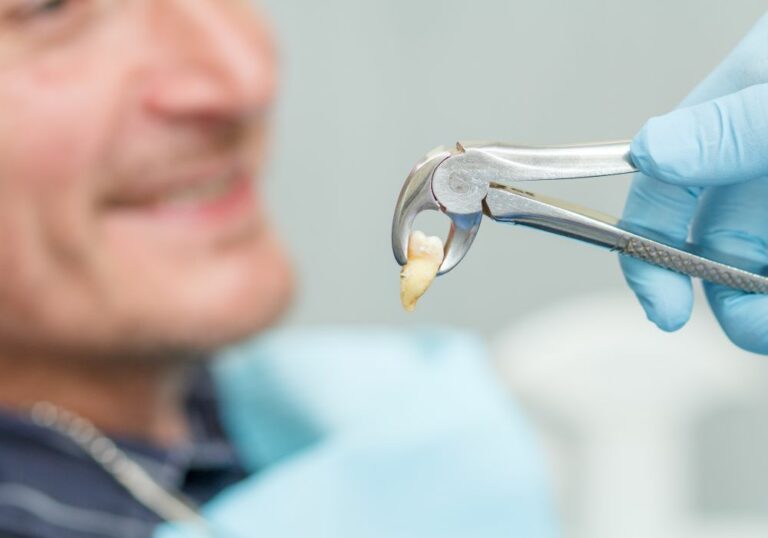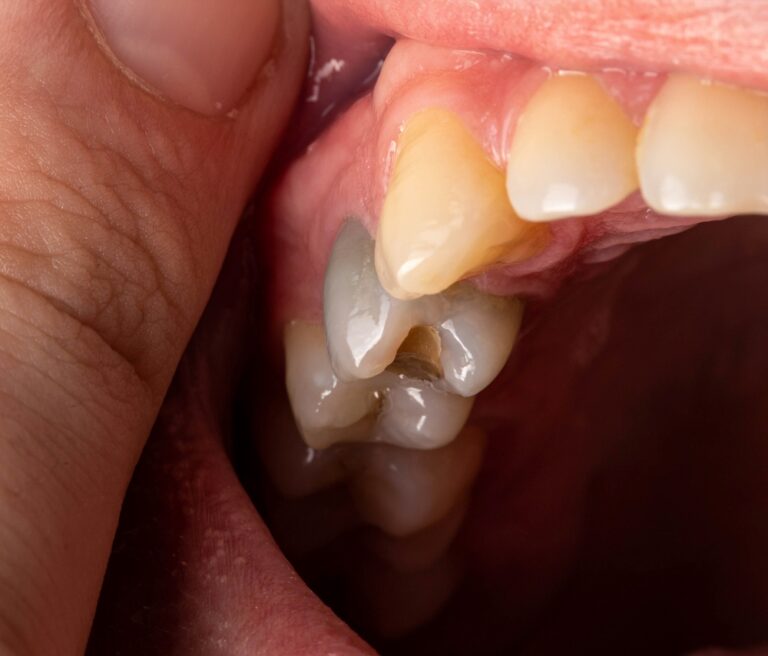Tooth extraction is one of the most common dental procedures, with over 10 million teeth pulled annually in the U.S. alone. Often necessary, extracting a tooth creates an empty space in your mouth that can trigger a cascade of changes over time. These changes may gradually compromise your oral health and transform your smile.
In this comprehensive article, we’ll explore the various ways tooth loss can impact your remaining teeth, your bone structure, and your overall dental health.
Immediate Post-Extraction Issues
While removing a damaged or infected tooth solves one problem, it also leaves you with an open wound vulnerable to complications. Here are some common concerns immediately following extractions:
- Bleeding: Oozing and seeping from the empty socket is expected for the first 24 hours as your clotting abilities are activated. But persistent heavy bleeding can indicate issues.
- Swelling: Facial swelling around the site for 2-3 days is normal. But extensive bruising or major swelling can signify an infection.
- Dry socket: The loss of your protective blood clot brings severe throbbing pain. Dry sockets affect up to 30% of extractions.
- Numbness: Lingering numbness in your lip, tongue or chin for several hours post-procedure is typical and resolves as anesthesia wears off.
- Pain: Moderate discomfort is anticipated for a few days but worsening pain past day three may require attention to rule out infection.
- Medication reactions: Reactions to anesthesia or prescribed pain medication can cause hives, vomiting, and breathing issues in rare cases.
Though usually temporary, these post-surgical issues require monitoring and care to prevent long-lasting problems.
The Gradual Collapse of Your Jawbone
Once your extraction site heals, a longer-term issue arises. Your jawbone is no longer stimulated by a tooth root embedded within it. This causes gradual bone loss, with your bone levels shrinking over time.
This slow atrophy has cascading effects:
- Teeth lose foundational support as bone recedes away from their roots. They become increasingly loose and unstable.
- Your jaw joint is altered and shifted, leading to TMJ disorders.
- Your facial structure changes as bone loss thins and shortens your jawline.
- Your gum tissue recedes with the lowered bone level, exposing vulnerable tooth roots.
- Periodontal and tooth decay risks increase with loss of supporting bone structure.
Eventual tooth loss is likely without preventative steps to stop bone deterioration.
The Domino Effect on Your Remaining Teeth
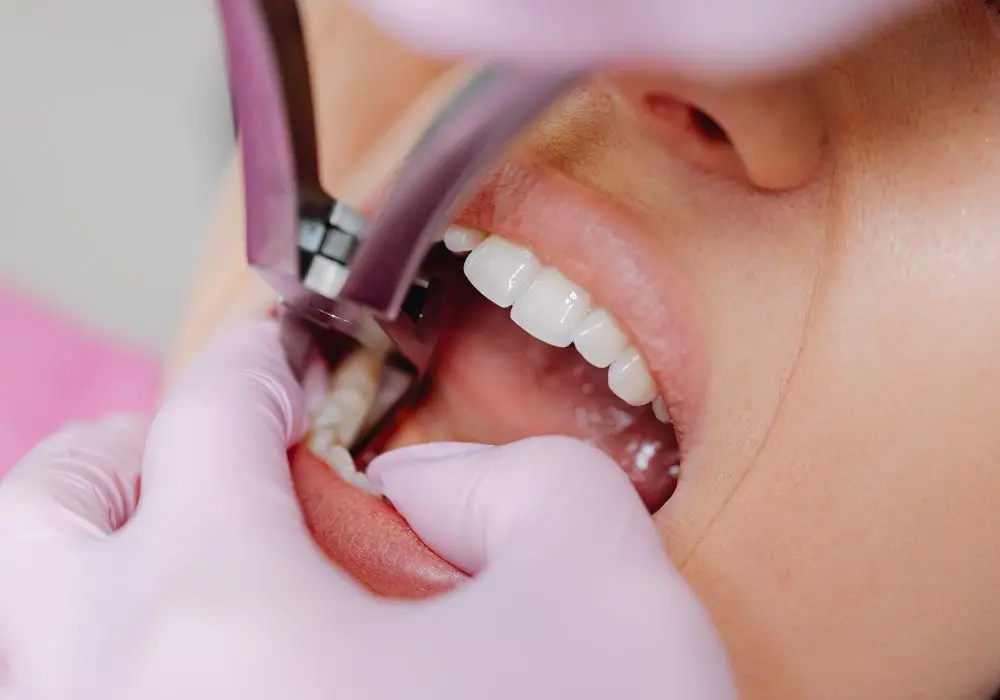
Your empty socket also leaves a gap in your bite surface. With a tooth missing, your upper and lower teeth lack the stabilization of normal contact. They are now free to shift and tip into the unoccupied space.
This domino effect has serious consequences:
- Your bite alignment becomes uneven, causing chewing and TMJ dysfunction.
- Teeth migrate into unnatural positions, potentially impacting speech.
- Crowding and crooked teeth develop, with higher decay risks in cramped spaces.
- The stability and lifespan of surrounding teeth are reduced due to abnormal pressures.
- Unsightly gaps form as spaces between teeth expand through movement and bone loss.
Prompt replacement of the extracted tooth prevents this disruption to your bite.
The Increased Decay Risks
The hole left in your gumline by extraction allows more entry points for bacteria, food, and debris between teeth. Without a tooth surface blocking access, greater buildup can accumulate in these areas.
Plaque and tartar then flourish in these neglected spots, escalating your decay and gum disease risks. Even with diligent hygiene, teeth next to an extraction site are vulnerable. Root exposure from receding gums only compounds the issue.
Ongoing dental care and early restorative work are key to avoiding rapid deterioration. Otherwise, your remaining teeth bear the burden of accelerated damage.
Options to Stabilize Your Jaw and Minimize Shifting
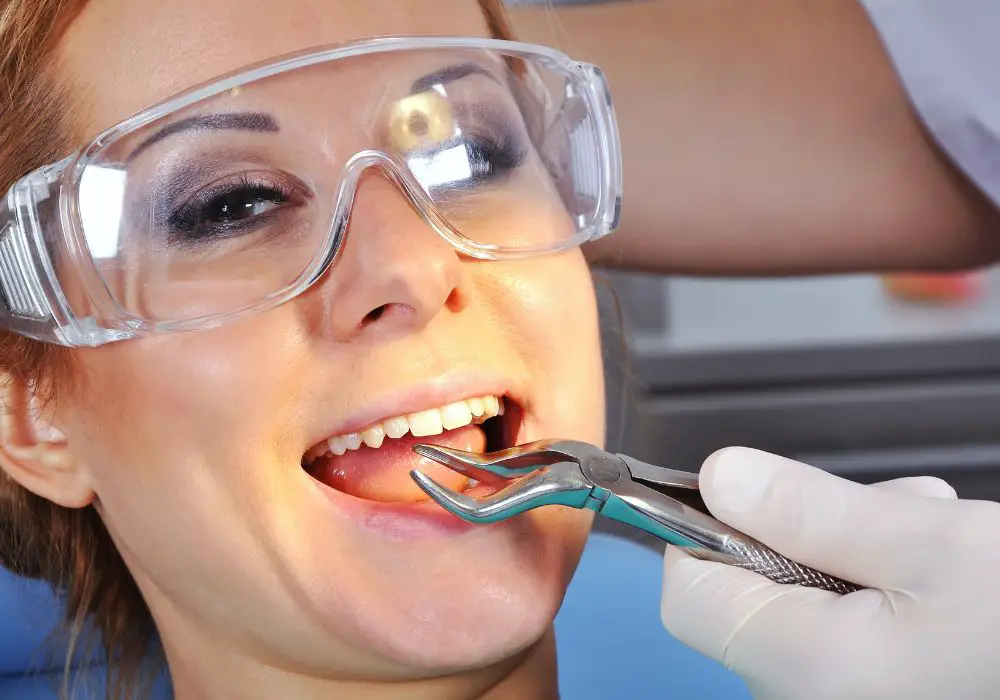
If you require a tooth extraction, there are several ways to stabilize your mouth and limit negative effects on your other teeth:
- Dental implants surgically insert a replacement root to preserve bone and anchor your bite.
- Bridges utilize crowns on adjacent teeth to hold an artificial tooth in place.
- Partial dentures are removable appliances that temporarily fill the gap.
- Orthodontic retainers hold teeth in position as they heal post-extraction.
- Dental braces can permanently close an extraction space by shifting teeth.
Your dentist will advise you on the best solution for your situation. But take action promptly before extensive changes occur.
Protecting Your Oral Health Through Ongoing Care
Great oral hygiene and professional attention are critical following extractions. Be sure to:
- See your dentist soon after extraction for follow-up care.
- Have regular dental cleanings and exams to monitor any issues.
- Brush twice and floss thoroughly each day.
- Use antibacterial rinses to keep your extraction site clean.
- Avoid chewing on the affected side until fully healed.
- Wear a nightguard if you grind or clench your teeth.
With diligent daily care and restorations when needed, you can enjoy lasting oral health even after losing a tooth. Extraction does not have to mean inevitable dental deterioration.
Restoring Your Smile for the Long Term
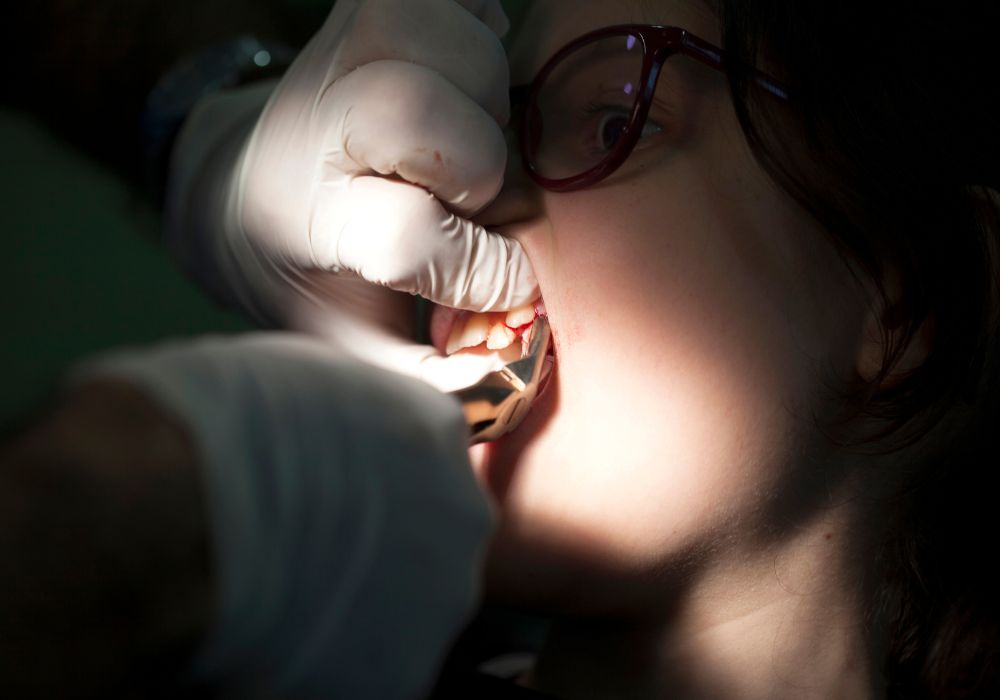
Though never an ideal situation, a strategic extraction of an extensively damaged or infected tooth can eliminate constant pain and prevent more invasive treatments. But your empty socket still puts your oral health at risk.
With prompt replacement restorations and rigorous hygiene habits, extracted teeth do not have to ruin your smile. They should motivate you to be even more vigilant about professional cleanings and daily care.
Make sure you are an engaged and active partner in managing your oral health. Extracting a tooth can give you a fresh start and chance to rebuild your optimal smile. Use this opportunity to create healthy lifelong habits and stabilize your mouth for years to come.
Frequently Asked Questions About Extractions and Oral Health
How soon after an extraction do teeth begin to shift?
Your teeth can start gradually shifting within just a few weeks or months as your bone and gums recede. By about three months, noticeable tilting or crowding may occur as teeth move into the open space.
Will a back tooth extraction eventually affect my front teeth?
Yes, extracting a molar throws off your entire bite alignment over time. Even back teeth stabilize your front teeth. Once that balance is disrupted, front teeth drift and shift as well.
Is it absolutely necessary to replace wisdom teeth after extraction?
Not always. As the last erupting teeth, wisdom teeth don’t anchor your bite as strongly. But leaving them out still accelerates bone loss in your jaw. If they were fully erupted, replacing them can help maintain bone density.
When is the soonest I can get an implant or bridge after an extraction?
It’s best to wait 8-12 weeks for your bone and gums to heal enough to support an implant or bridge. Having these restorations too soon can irritate your post-extraction socket and lead to failures.
Can teeth continue moving many years after an extraction?
Yes, minor gradual tooth movement is possible even a decade later, especially in older adults. Your bone never stops remodeling itself. Ongoing bone loss years post-extraction makes teeth prone to subtle drifting.
In Conclusion
Having a tooth removed does not just affect that space in your mouth. The extraction can lead to significant changes to your bite, jawbone, and remaining teeth over time. Shifting teeth, bone loss, TMJ issues, and increased decay risks are all possible consequences.
The good news is that with prompt treatment, you can stabilize your smile and oral health after extractions. Replacing missing teeth with implants, bridges, or partial dentures is crucial to preventing bone loss and damage to surrounding teeth. Practicing excellent oral hygiene and seeing your dentist regularly are also key to maintaining your dental health after losing a tooth.
While tooth extraction is very common, you should consider all the potential effects. Planning ahead to replace extracted teeth can help you preserve your smile for years to come. With the right restorative treatments and proper daily care, a single lost tooth does not have to ruin your oral health or transform your smile.


